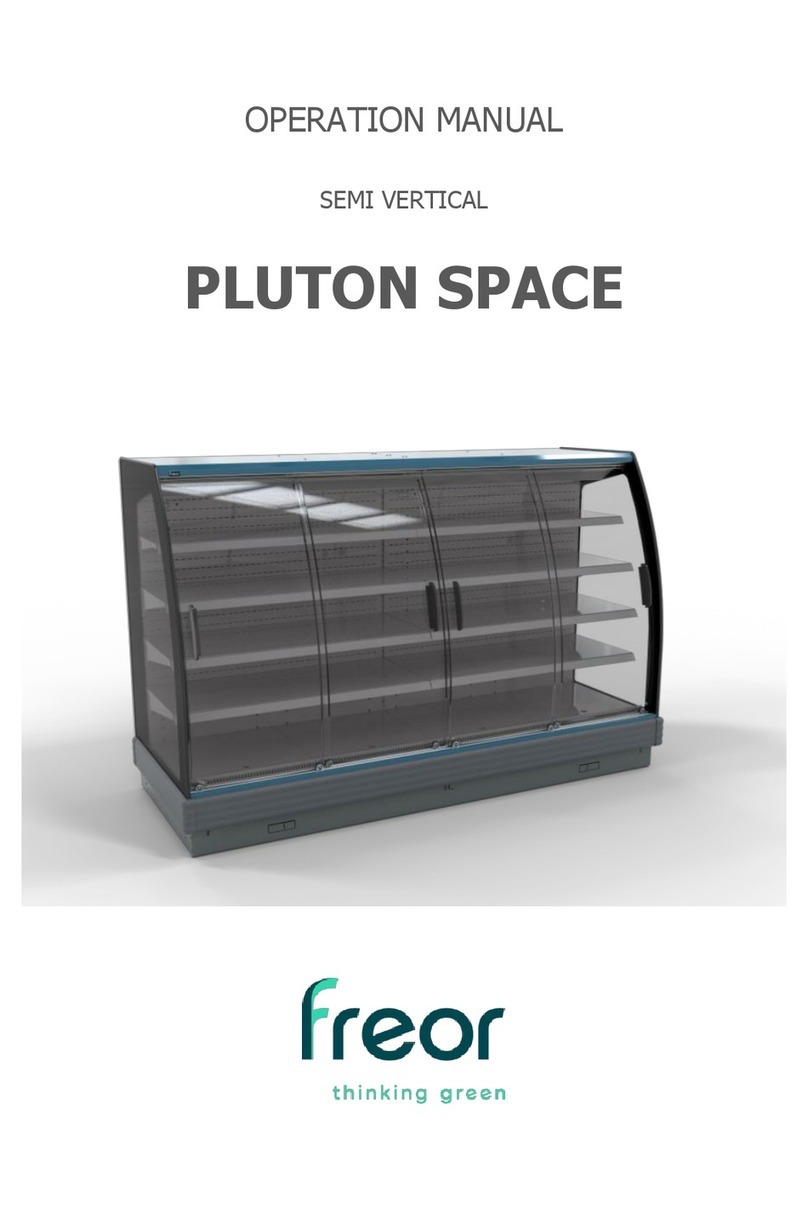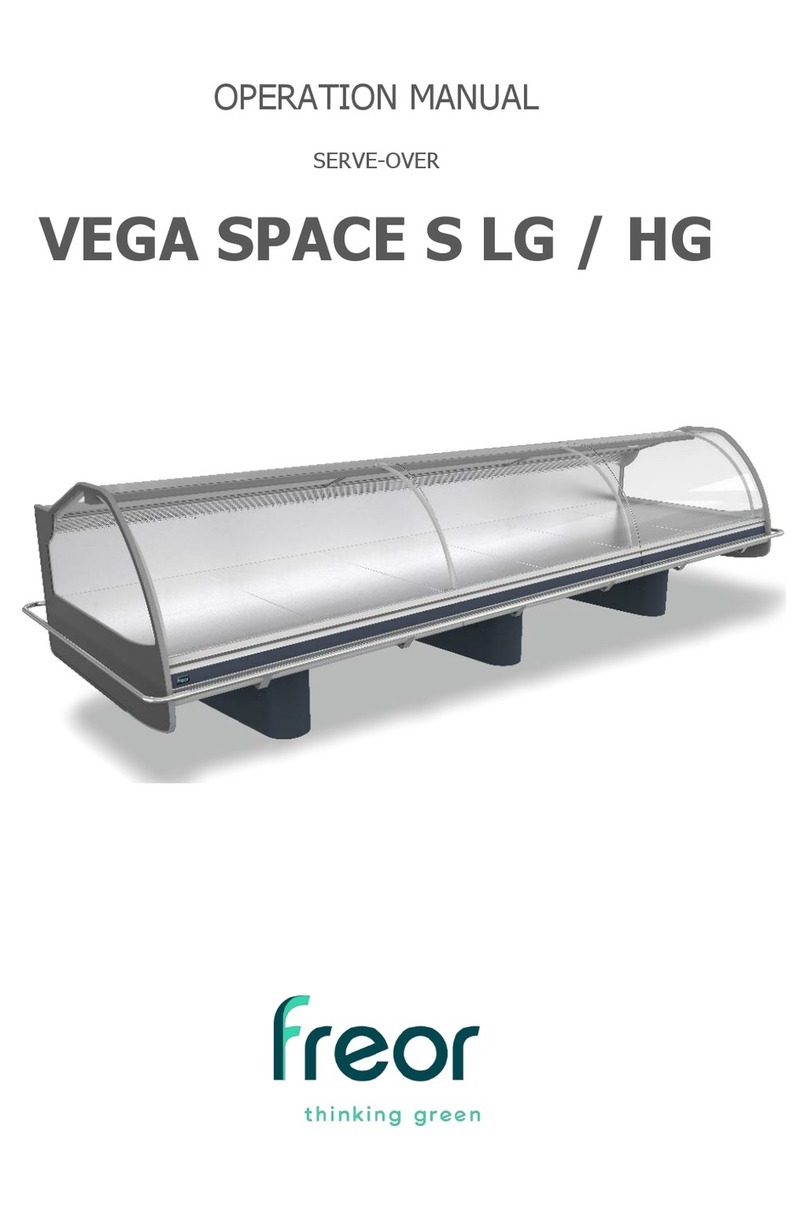Table of contents
1. GENERAL INFORMATION .......................................................................... 4
1.1. Manufacturer information .................................................................. 4
1.2. Dimensions ...................................................................................... 6
1.3. Package dimensions........................................................................ 10
2. SAFETY ................................................................................................. 10
2.1. Dangers due to misuse.................................................................... 10
2.2. Safety guidelines of refrigeration equipment operating with propane
(R290) refrigerant .................................................................................. 11
2.3. Safety guidelines of refrigeration equipment operating in Hydroloop Glycol
system .................................................................................................. 12
2.4. Material damage during a prolonged shutdown ................................. 12
2.5. Personal protective equipment ......................................................... 13
2.6. Electrical voltage ............................................................................ 13
2.7. Refrigerant circuit ........................................................................... 14
2.8. Improper installation of hooked shelves ............................................ 14
2.9. Opening/closing the doors ............................................................... 14
2.10.Recommended working conditions and ambient temperature.............. 14
2.11.Purpose of use ............................................................................... 15
3. MAXIMUM LOAD .................................................................................... 15
4. UNPACKING........................................................................................... 16
5. INSTALLATION ...................................................................................... 19
5.1. Requirements for the installation of the unit...................................... 19
5.2. Installation of the unit..................................................................... 21
6. MAINTENANCE OF THE COMPRESSOR ..................................................... 33
7. ELECTRICAL CONNECTION ..................................................................... 38
7.1. Connecting the unit to the power supply........................................... 38
8. DRAINAGE............................................................................................. 38
8.1. Drainage system............................................................................. 38





























